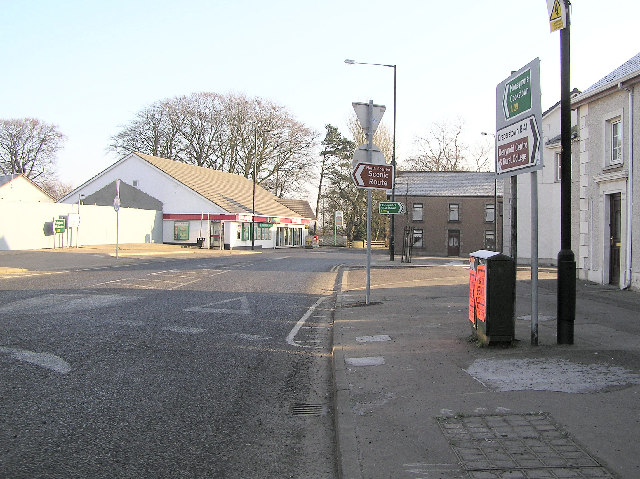Tobermore
Also in this Section:
Tobermore is the second village which the River Moyola encounters, and is seen as central point in the river for local anglers, with stretches of long deep pools and streamy runs.

The present day village of Tobermore is built on top of an ancient settlement dating back to Druidic times. In the Irish Rebellion of 1641, Tobermore was razed to the ground by rebels.
In 1651 at Drumbally Hill Fort (two miles south of Tobermore), Oliver Cromwell slaughtered 360 men. To the east of Drumbally Hill there is a ridge, where ancient Pagan festivals were held.
Fortwilliam House in Tobermore was built in 1795 by the Stevensons the Linen People, and takes its name from an ancient fort which stands to the rear of it. This ancient fort or Rath was named after King William III by Mr. Jackson the first proprietor of the area it lies on.
A large oak called the Royal Oak grew near Calmore Castle in Tobermore. It is said to have being so large that horsemen on horseback could not touch one another with their whips across it, even after it had been cut down.
From this vague description, it is conjectured that the Royal Oak was about 10 feet in diameter or 30 feet in circumference.
Another oak tree that once grew near Tobermore was so tall and straight that it was known as the "Fishing Rod".

